Banding Together to Make an Impact for Thousands — From abandoned lifevests to ZOE BANDS
by Dina Pinos
Greek-American Zoe and husband Xander are improving the lives of adults and children displaced by conflict in Lesvos Island. Here’s what they had to say in an interview with NEO magazine.
You first found out about the refugee crisis in 2015 when scouting the island of Crete as a wedding venue I understand to be the case. Please tell our readers what you did once you found out about this plight the refugees have encountered and continue to live with on a daily basis?

When We Band Together co-founders Xander and Zoë visiting the Acropolis in 2015, just before they embarked on their first trip to Lesvos.
Our experience with the refugee crisis started like a quiet hum in our ear as we were looking for a wedding venue on the island of Crete. We just kept getting glimpses of it as we went about our exploration – a man holding a newspaper out in the streets… a news report blaring from the local news station at the hotel… As the days passed, that quiet hum became a loud rumble, impossible to ignore. We saw images of children drowning. There was no escaping the constant flow of misery… Everywhere we turned we read more and more… The original quest for a wedding venue search started to feel frivolous and irrelevant. Our web searches for information about the crisis turned into searches for how to get involved. An island we had never heard — Lesvos. So many organizations were posting need for assistance, volunteers. We were determined it was our turn to become involved also. We went to a local store and bought a random assortment of supplies we thought first responders would have with them and boarded a one way flight to Lesvos. We had very little idea what role we would be serving once we arrive, yet covering the gamut, we purchased everything we could find – emergency blankets, head lamps, binoculars, tactical backpacks, waterproof boots, weather resistant clothes… Once we arrived on the island and assessed the local conditions, primarily the cold weather, we clearly understood that the rest of our money was then to be spent on tents, blankets and jackets for all those that needed them. It was the month of November and we volunteered doing everything – drove people around, cooked warm meals, sorted out donations, handed food to people as they arrived on the shores. We were taxi drivers, babysitters, chefs, night shift security guards.
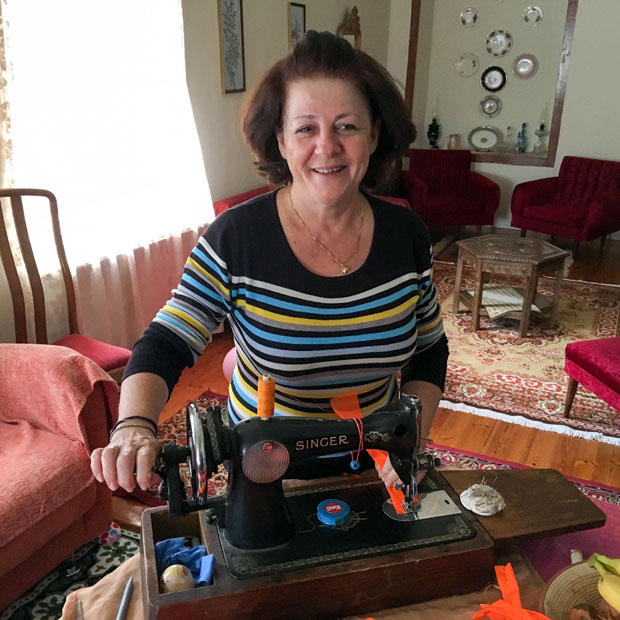
Lesvos local Irene was hired by When We Band Together to sew Zoë Bands.
How did the idea of making bracelets to raise funds for critical aid using the lifejackets come about and what is the process in making these bracelets?
While studying at the San Francisco State University, I had taken a sustainable fashion course. The course had a project focusing on up-cycling, also known as creative reuse. It is the process of transforming a by-product or an unwanted product into new material. I had made a rain jacket using broken umbrellas and a water bottle holder from a mismatched sock. In Lesvos, the life vest had become the unofficial symbol of the refugee crisis, so I thought to myself, there was a story to tell by creating something from these abandoned life vests. We had four goals with the concept:
- First and foremost, create a vehicle that could drive moneys towards refugee aid.
- Clean up the beaches of Lesvos, which had transformed a place that emanated love and beauty into a solemn graveyard.
- Support the local economy, both by employing locals and buying much of the aid from local stores. One of the reasons we chose to make bracelets is because it is so simple to make. We could employ someone with no previous experience as a seamstress.
- Spread awareness to the United States and the world. We wanted to create a tangible connection to the crisis and help people wear conversation starters.
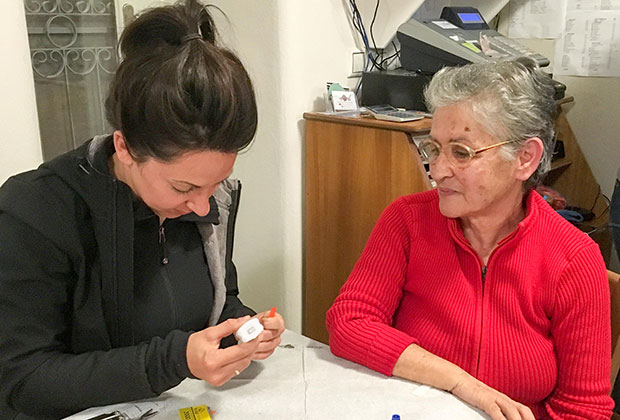
When We Band Together co-founder Zoë Pappis sits with Sophia. Lesvos local Sophia was hired by When We Band Together to sew Zoë Bands.
What makes your NGO stand out in this maze of foreign aid, donations, and other international organizations?
There’s so many wonderful organizations out there. We look at ourselves as a bridge and partner to those organizations, not as competition. We’re trying to tap into consumer culture, where it can be easier to find moneys than philanthropy. We use our revenue to fund the grassroots NGOs doing work on the ground, and try to share their work with our following. We hope to be a platform and funder for other incredible NGOs and the amazing people operating them.

When We Band Together co-founder Zoë Pappis stands among the life vest graveyard. The life vest graveyard is situated on the north end of the Greek Island of Lesvos. Over 1 million refugees have passed through the island since 2014.
Can you share with us a great personal story of how local families has been able to benefit directly from your kindness and the impact it has had on the refugee camp?
We’ve partnered with Team Humanity to build out the Hope and Peace Center, a space the children need and deserve. There is also a Women’s Center. Trauma counseling is available via the Humanity Crew. There is already a ball pit, soccer field, theater and bounce house, in addition to a place to find warm clothes. Yet to complete is a school with library facilities, and full curriculum and educational materials. The camp director Stavros Mirigiannis at the Kara Tepe refugee camp, had told our partner, Vangelis Koutalianos, that the manual wheelchairs in the camp were not sufficient for some of the more severely handicapped camp residence. Stavros said the handicapped people who were being neglected was depressing the entire community. This especially resonated with Vangelis, as he is also handicapped. We went to a local pharmacy in Molyvos and placed an order for three electric wheelchairs. The pharmacy which had been struggling, received a large order and Stavros told us we had restored dignity to the recipients and the camp as a whole.
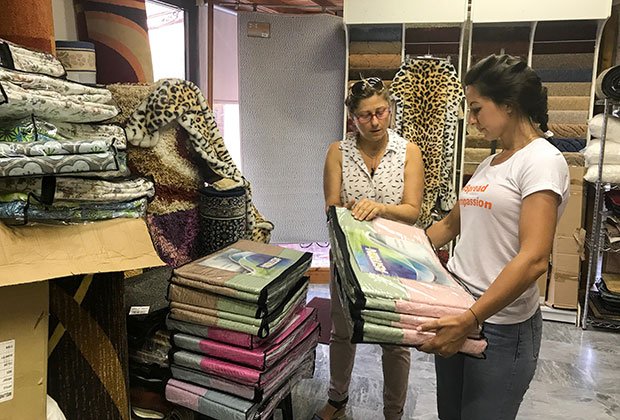
When We Band Together co-founder Zoë Pappis purchases bedding at a local store in Lesvos. WWBT tries to buy aid locally to help the host-community and refugees.
What do you see as the future regarding this world crises and how your your efforts are moving forward to realize your goals?
You don’t have to have a master plan to get started . You start to desire to help to change a situation you care about. Our idea is evolving in ways we never anticipated. The first steps are always the hardest. Once the snowball is rolling, you’ll pick up all sorts of opportunities you never dreamed of attaining. This endeavor has brought the larger refugee crisis and our geo-political issues as a species, into focus. We were naive coming into this and still are in numerous ways. We’re currently developing a new direction that will allow us to go far beyond bracelets and aid on Lesvos. This crisis needs a movement that allows brands and consumers all over the world to come together. This is a moment in history we are excited to step into and lead with compassion, kindness and unity.
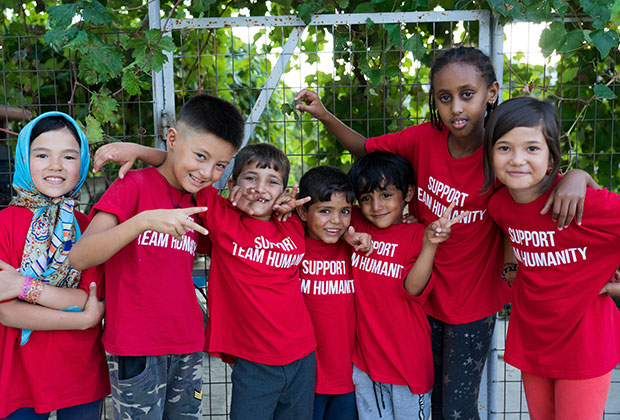
Children from the Hope and Peace Center in Lesvos. The Hope and Peace center is run by Team Humanity. It is situated across the street from the Moria refugee camp on Lesvos, and acts as a safe space for women to rest and children to play. Team Humanity is the current recipient of When We Band Together proceeds.
Tell me more about the pop-up site on Canal Street in Manhattan. How much money was raised? What else were the outcomes?
For our pop-up, we wanted people to remember the feeling of being a child — recalling how important safe spaces and play are to creating a trusting, loving world-view. For the event, we bought giant toys: a 10 foot teddy bear and huge versions of familiar games and toys: jenga, connect-four, uno, silly putty, legos, etc. It had the intended effect. Smiles were everywhere and people were playing with strangers like children in a park. Building awareness and sharing our work, we asking people to do three things: buy a bracelet, pledge their birthday, and join us in Greece when we lead retreats this coming autumn and next spring in 2020. We were able to raise over $1,000 at the event. More importantly, we built a group of allies that have invited us to speak at their companies while others joined us as interns, and plan to travel to Greece with us.
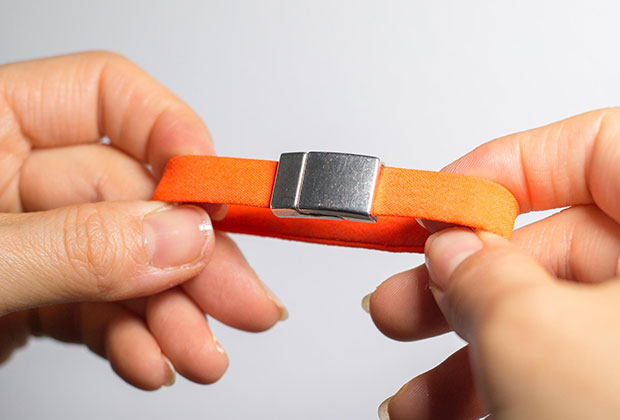
A “Zoë Band” – made from upcycled life vests once worn by a refugee.

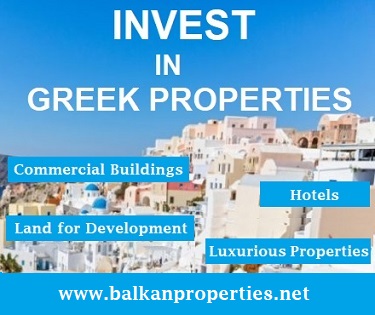
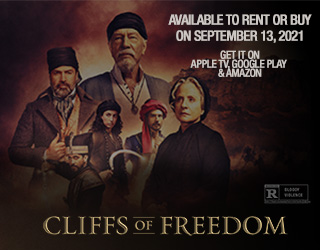
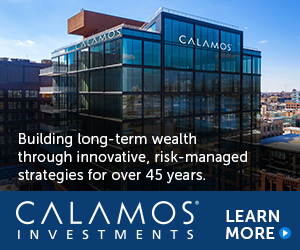
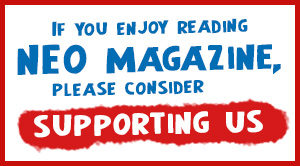

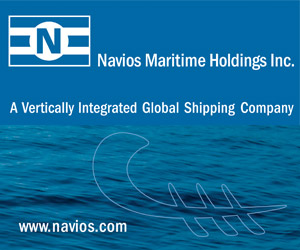

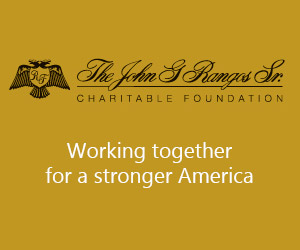
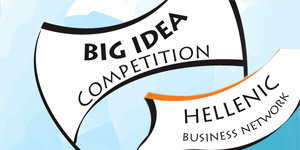

0 comments